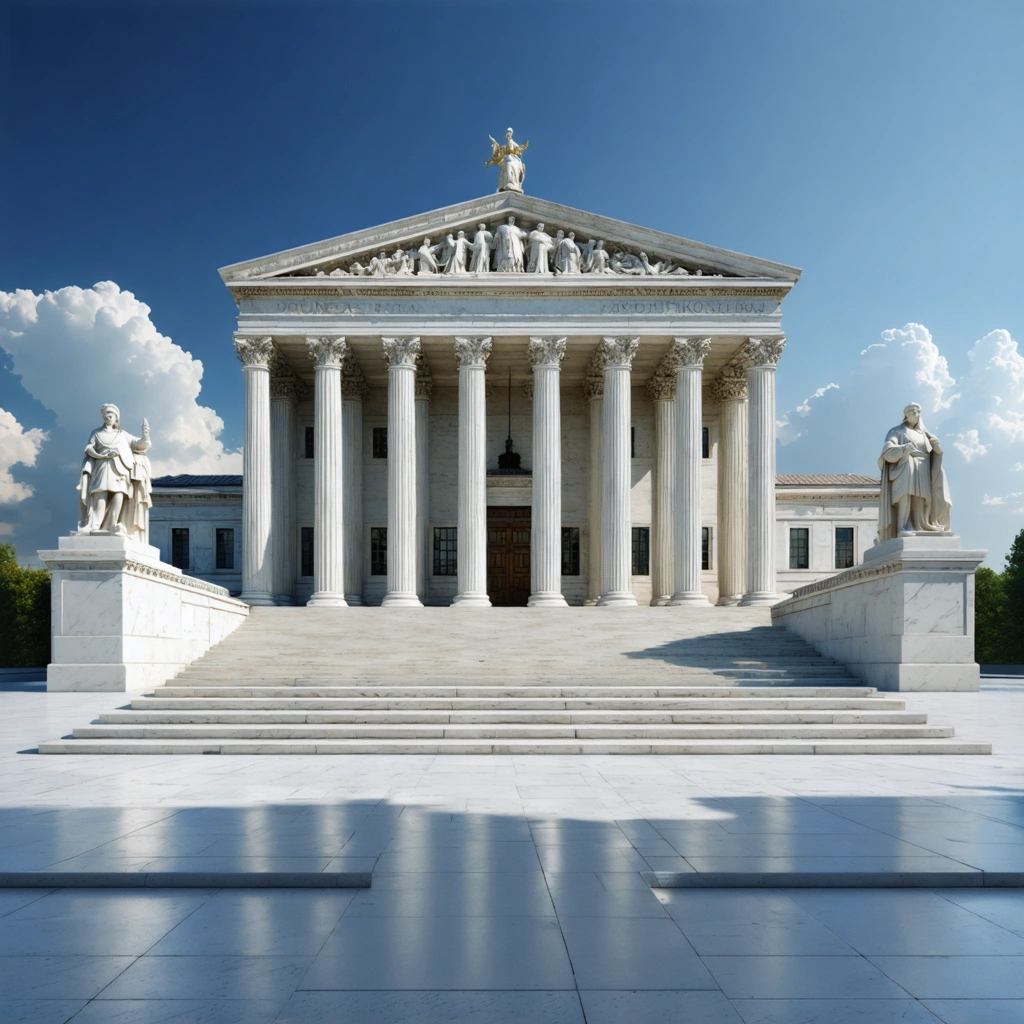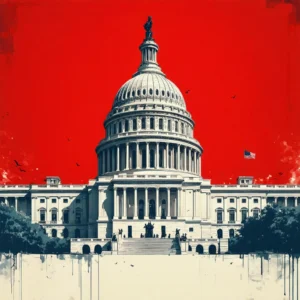
Understanding the Context
The case of BLOM Bank SAL v. Honickman was a unique exploration of the standards for reopening a judgment that a court has already ruled on, under the purview of Rule 60 of the Federal Rules of Civil Procedure. The case put the justices in a familiar academic setting, as it delved into a legal question akin to those studied in traditional first-semester courses in Civil Procedure.
The Rules in Focus
Rule 60(b) offers several specific reasons for reopening a judgment, such as a mistake in the judgment, evidence the plaintiff couldn’t have discovered initially, fraud, and others. However, it also provides a general exception for “any other reason that justifies relief” under Rule 60(b)(6). This rule has been frequently litigated and requires “extraordinary circumstances” to be invoked. The idea is that the specific reasons mentioned in the subparts of Rule 60(b) cover all ordinary circumstances and only something extraordinary should justify relief for a reason not included in the list. In contrast, Rule 15(a) provides a lenient standard for when a court should permit a plaintiff to amend its complaint. If the plaintiff wants to reopen a final judgment to amend its complaint based on evidence that was initially known but not included, a question arises.
The Case Background
The case was filed by survivors of a series of attacks by Hamas between 2001 and 2003 against a Lebanese bank, BLOM Bank. It is alleged that the bank served customers connected to Hamas. Under the Justice Against Sponsors of Terrorism Act, the suit could succeed only if the plaintiffs could show that the bank knowingly provided substantial assistance to a designated terrorist group. The district court dismissed the complaint as it did not show that the bank knew about its customers’ alleged involvement with Hamas. The U.S. Court of Appeals for the 2nd Circuit affirmed this judgment. However, the survivors then returned to the district court, seeking to reopen the judgment to offer additional evidence. The district court rejected this request, citing the lack of extraordinary circumstances.
The Argument
At the arguments held on Monday, the bench was dubious about the 2nd Circuit’s analysis. The justices questioned the mishmash standard used by the lower court and suggested that the court’s reasoning was wrong, and it should try again. The final judgment is still pending, but the argument sounded like the justices were almost dictating the opinion as they went along, suggesting a high likelihood of a short opinion that could come as early as the first day of May.




